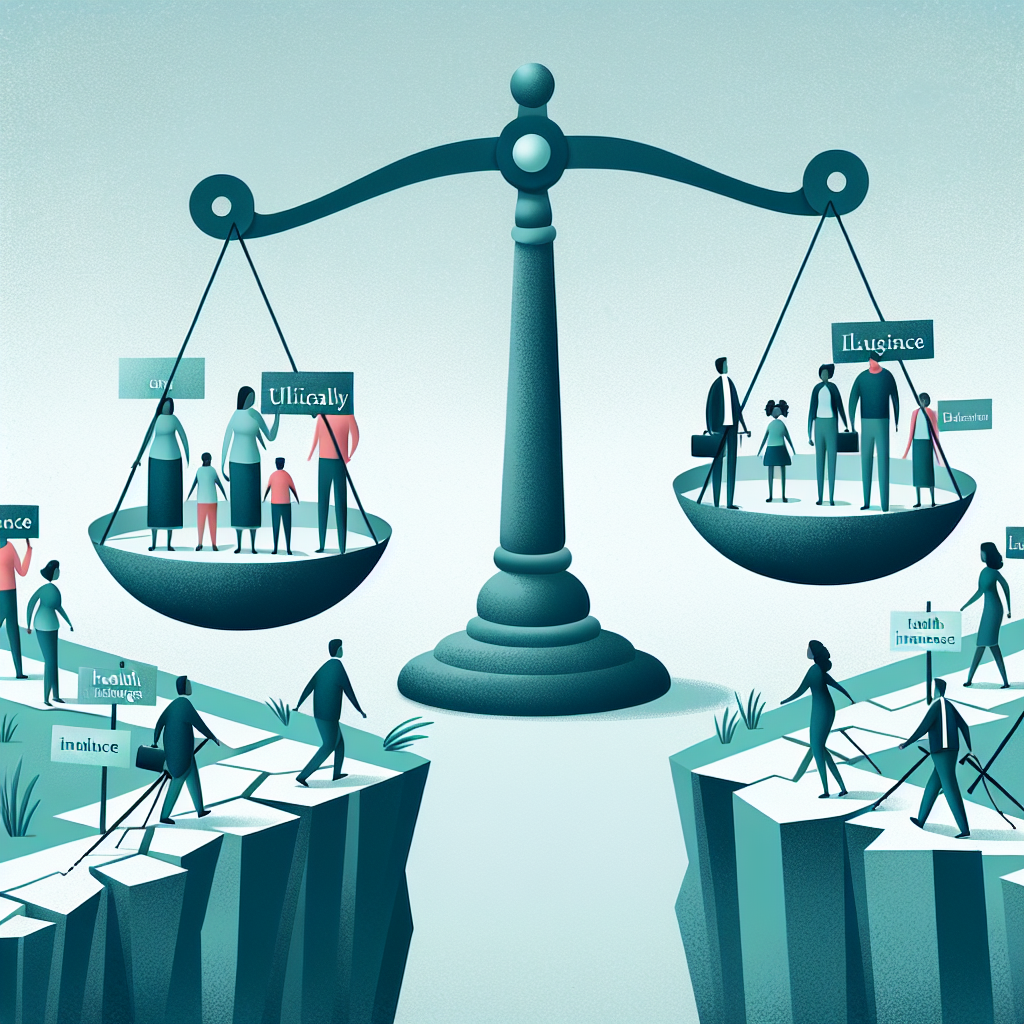Filed under Disability Insurance on
Understanding Disability Insurance: A Complete Glossary

In today's uncertain world, safeguarding your income against unforeseeable events is more crucial than ever. One of the best ways to ensure financial stability if you’re unable to work due to illness or injury is through disability insurance. However, navigating the complex world of insurance can be daunting. This complete glossary on disability insurance will demystify terms, features, and components for both novices and those wanting to deepen their understanding. By the end of this guide, you'll be well-equipped to make informed decisions about your coverage needs.
What is Disability Insurance?
Disability insurance is a type of coverage that provides financial support if you are unable to work due to an illness or injury. It helps replace a portion of your income, ensuring that your financial obligations are met during your recovery period. There are two main types of disability insurance: short-term and long-term, each varying in duration and scope.
Why is Disability Insurance Important?
Without disability insurance, you risk losing your income if you become injured or ill and can't work. This can lead to financial distress, affecting your ability to pay bills, mortgage, or even daily expenses. Moreover, the likelihood of experiencing a disabling condition is higher than most people realize. According to industry experts, over 25% of working adults will face a disability condition before they retire. This statistic underscores the importance of having adequate coverage.
The Nuts and Bolts: A Complete Glossary
1. Benefit Period
The benefit period refers to the length of time you will receive payments from your disability insurance policy. This could range from a few months to until retirement age, depending on the policy. It’s crucial to understand this term to ensure the policy aligns with your financial goals.
2. Elimination Period
Often termed as the "waiting period," the elimination period is the duration between the onset of the disability and when you begin receiving benefits, typically ranging from 30 to 90 days. Choosing a longer elimination period might lower your premiums, but it's vital to ensure you have enough savings to cover expenses initially.
3. Own-Occupation vs. Any-Occupation
Policies may offer coverage based on your specific situation. An "own-occupation" policy provides benefits if you can't perform your current job, even if you can work elsewhere. In contrast, "any-occupation" policies only pay out if you’re unable to work in any position you’re qualified for, which can be a more stringent requirement.
4. Partial Disability
This term covers situations where you're not completely disabled but can only perform part of your job duties. Some policies allow for partial disability benefits, enabling you to receive income even if you're partially returning to work.
5. Non-Cancelable Policies
A non-cancelable policy guarantees that your policy can’t be canceled by the insurer, provided premiums are paid on time. These policies also ensure the premium won’t increase over time. Such stability is valued by many policyholders looking for reassurance amidst changing health landscapes.
6. Waiver of Premium
This rider allows you to skip premium payments if you become disabled and claim benefits. It ensures that you remain financially protected without the additional burden of paying premiums during challenging times.
7. Social Security Disability Insurance (SSDI)
While not the same as personal disability insurance, SSDI is a federal program that provides benefits based on your work history. However, qualifying for SSDI can be difficult, with strict medical criteria and a rigorous application process.
Industry Trends and Expert Opinions
Industry trends indicate an increase in the demand for disability insurance as awareness grows. With more employers offering group disability insurance as a part of their benefits package, individuals are becoming more informed about the necessity of protecting their income. Experts suggest that a combination of group policies and personal disability insurance can provide comprehensive coverage.
Tips for Choosing the Right Disability Insurance
1. Assess Your Needs
- Evaluate your monthly expenses and lifestyle costs to determine appropriate coverage levels.
- Consider how long you could manage financially without an income to help set benefit and elimination periods.
2. Compare Policies
- Analyze different policies and providers to understand the fine print of coverage terms.
- Look for insurers with strong financial stability ratings, indicating reliable claims payment.
3. Consult a Financial Advisor
- Work with a professional who can provide personalized advice based on your financial situation.
- They can help you navigate complexities and choose a policy that aligns with your long-term financial plans.
Conclusion
Understanding disability insurance is crucial for anyone seeking to safeguard their financial future against the unexpected. By familiarizing yourself with this complete glossary and reviewing key terms and considerations, you’re on the path to making informed decisions. Whether opting for short-term or long-term coverage, the right disability insurance can ensure peace of mind and financial stability, allowing you to focus on recovery without the stress of income loss.
In conclusion, by delving into this glossary and understanding the mechanics of disability insurance, you can fortify your income protection strategies against unforeseen events. Keep abreast of industry trends and seek advice from experts to make the most informed choices for your circumstances.



